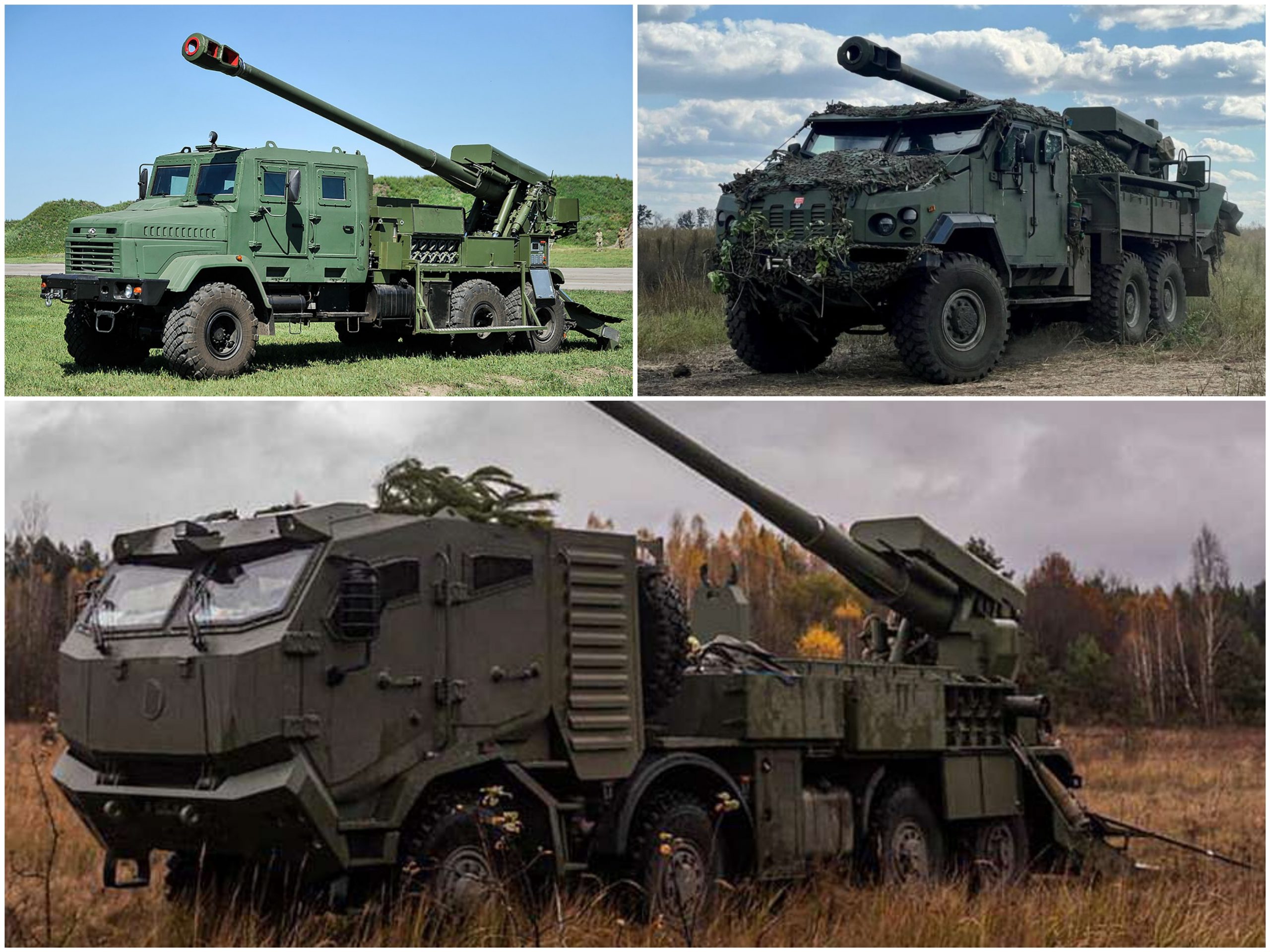
The Defense Forces are increasingly sharing photos and videos of the combat operations of the 2S22 Bohdana self-propelled howitzers, developed by Ukrainian defense industry specialists.
This 155mm howitzer is mass-produced in several versions. This approach helped to speed up the production of new wheel artillery systems and transfer them to the Ukrainian army.
We covered the history of this system’s creation and development prospects in the “Ukraine’s Bohdana 2.0: advantages and outlook for its own 155mm wheel self-propelled guns” article.
And today Militarnyi invites you to explore the well-known variants of Bohdana self-propelled howitzers and the reasons why this system uses different wheel chassis.
It’s worth noting that wheeled chassis offer greater durability and longevity compared to tracked ones. It should provide good cross-country capacity and reach high speeds on paved roads. In addition, the chassis must withstand the recoil of constant shots, so it is important that the chassis is reliable.
The development of the 2S22 Bohdana artillery system in Ukraine began in 2016 at the Kramatorsk Heavy Duty Machine Tool Building Plant. The prototype was installed on the domestic KrAZ-63221 wheel chassis with a 6×6 wheel arrangement, created according to special specifications.
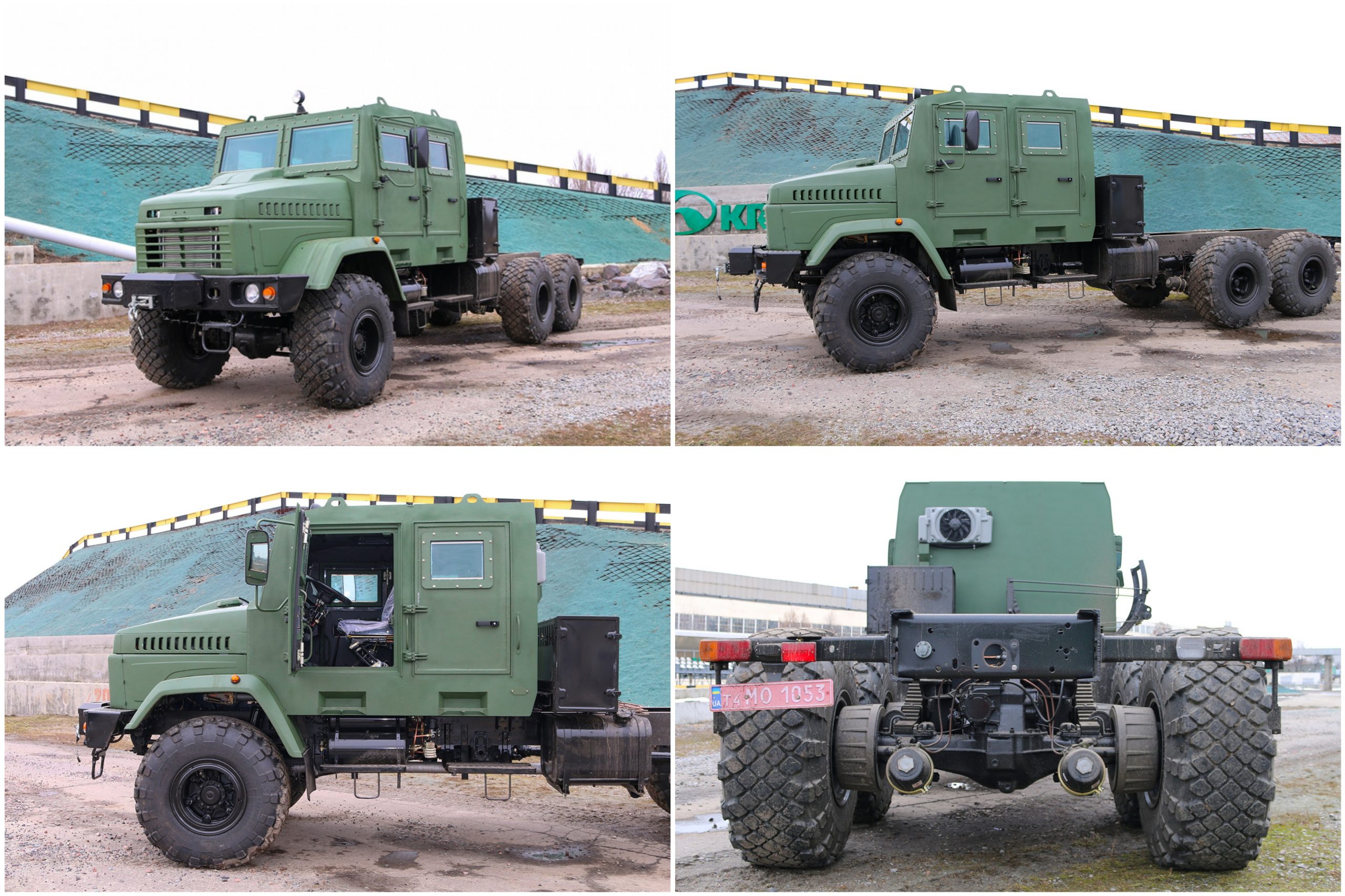
The chassis is equipped with a four-door five-seater armored cab with two rows of seats. The cabin protects the crew against 5.45mm and 7.62mm bullets and debris. It is equipped with heating and air conditioning systems. It provides places for additional equipment, personal protective equipment, and the personal belongings of the crew.
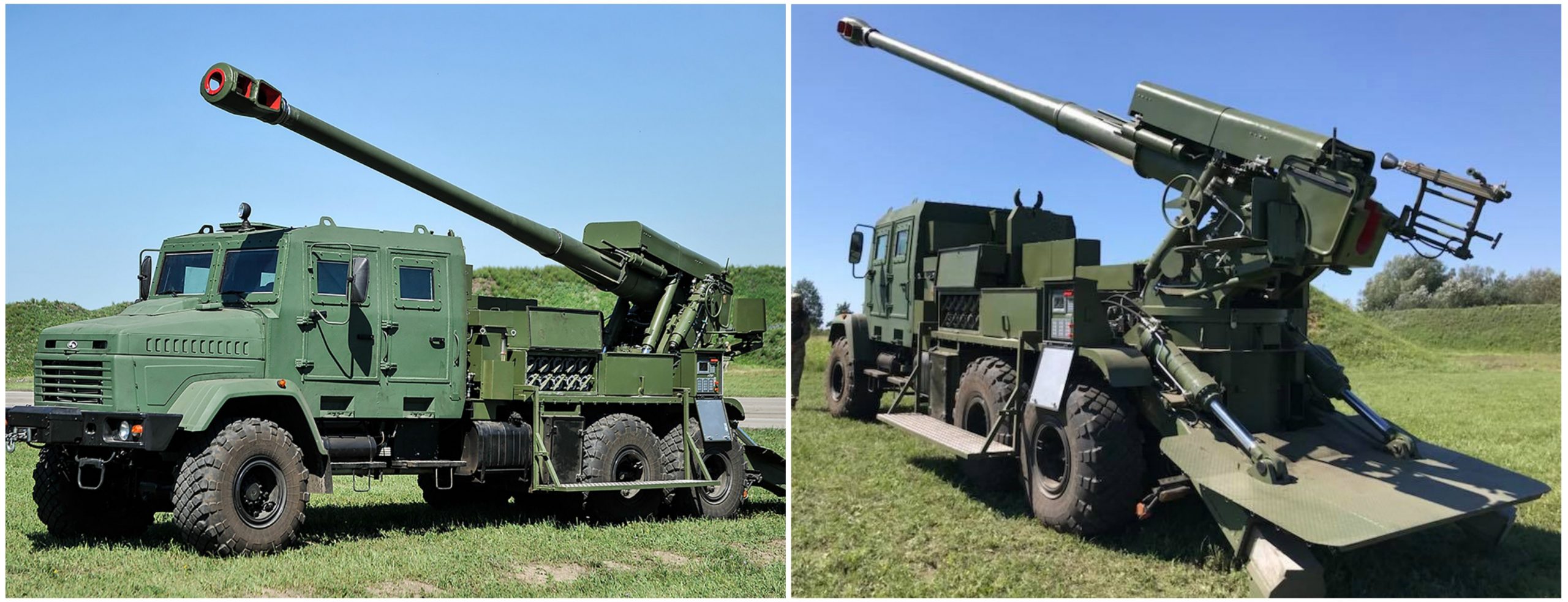
The KrAZ-63221 is equipped with a centralized tire inflation system, enhancing its ability to traverse low-bearing capacity terrain, along with a winch, among other features.
In this version, the prototype of the self-propelled howitzers was first shown in July 2018, and on August 24 of the same year, it participated at the Kyiv Independence Day Parade. The declared weight of the Bohdana prototype is 28 tons. Its crew consists of five servicemen. The speed on the route is 80 km/h, and the crossed terrain is 30 km/h. The range is 800 km (300 km – crossed terrain).
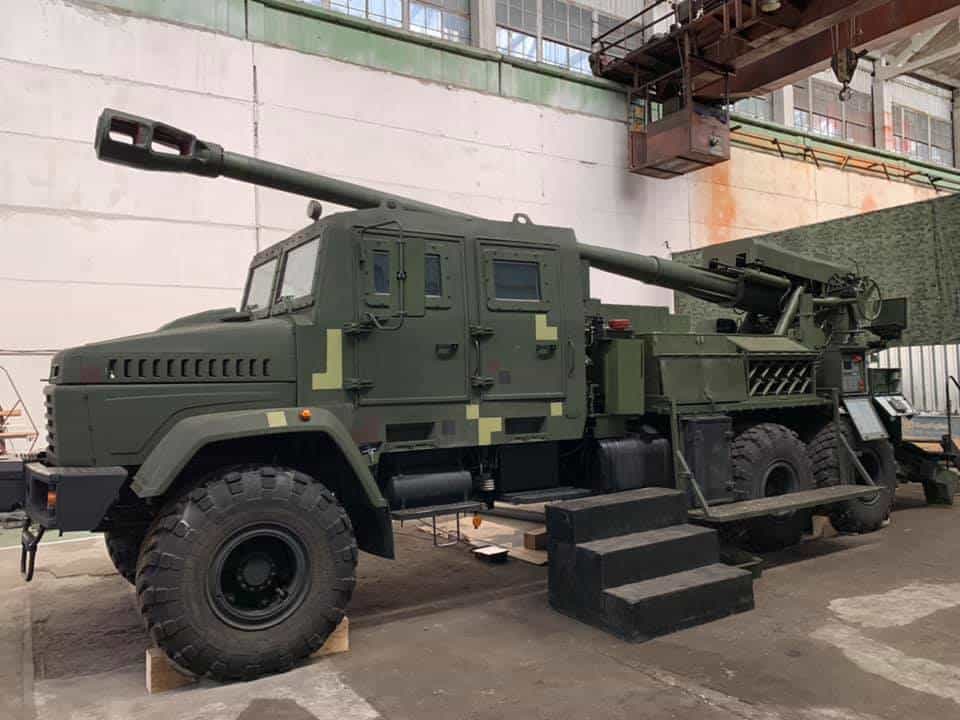
The R&D works on Bohdana were supposed to be completed in 2020. However, the pace of development was lost, in particular, because of the problems with the purchase of 155mm ammunition and bureaucracy. They resulted in a disruption of deadlines, followed by a legal battle between the plant and the Ministry of Defense of Ukraine.
In September 2020, the Court of Appeal ruled that the delays in the Bohdana test schedule were not the fault of the enterprise but were due to the lack of necessary ammunition. And already in November 2020, the Ministry of Defense of Ukraine agreed to conclude an additional agreement to extend the contract without imposing penalties. The agreement to complete the Bohdana R&D project was extended until the end of 2021. During this time, the self-propelled howitzer was to undergo preliminary and state tests.
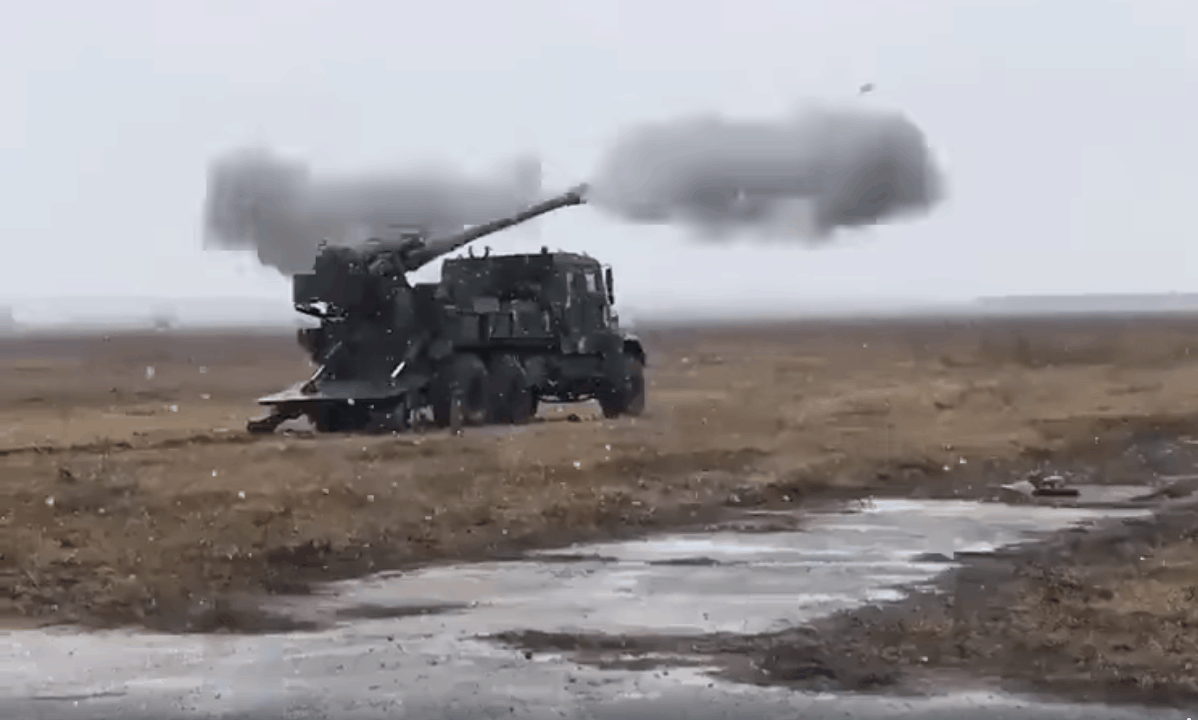
To assess the real capabilities of weapons and compliance with the requirements, the 2S22 Bohdana self-propelled artillery system began the first stage of factory tests in May 2021. In January 2022, Bohdana completed preliminary fire tests. The howitzer fired 450 rounds.
A Russian full-scale invasion started in February and almost buried the project of the domestic wheeled self-propelled howitzer. The Russians actively attacked the enterprise, which was engaged in the creation of this artillery system.
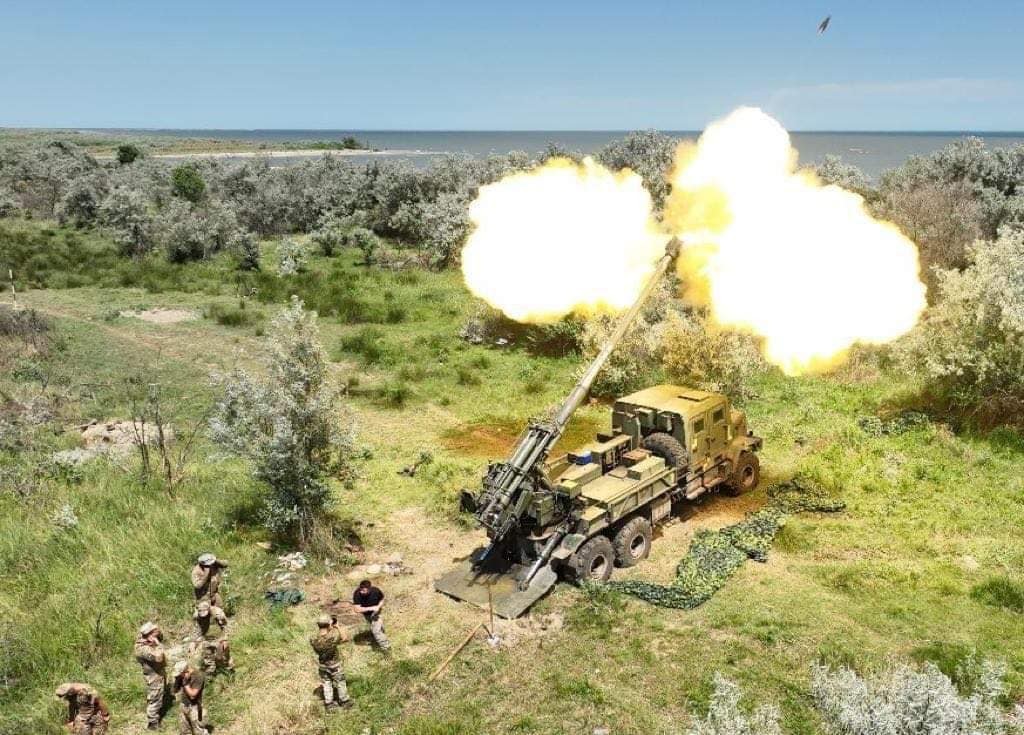
In May 2022, it became known that the Bohdana prototype was successfully destroying the Russian invaders. The Ukrainian self-propelled guns, paired with the French CAESAR howitzers, targeted and shelled Russian positions on the occupied Snake (Zmiinyi) Island in the Black Sea.
In the spring of 2022, Ukraine financed the mass production of this domestic 155mm artillery system. This happened after Bohdana, according to the then Minister of Defense Oleksii Reznikov, successfully passed tests on the battlefield.
However, for the production of Bohdana ACS, the developers had to find a new basic chassis. The point was that PJSC AvtoKrAZ, which provided its KrAZ-63221 chassis for the creation of a prototype of self-propelled howitzers, filed for bankruptcy in 2021. Therefore, the production of trucks at the enterprise was stopped.
The quest for a new chassis to accelerate the production of the first serial Bohdana resulted in the selection of the Belarusian MAZ-6317. It is worth noting that Ukrainian companies haven’t bought these trucks since the beginning of 2022, but a certain number of such trucks were in depots.
The protection of the wheeled chassis and the installation of an armored cabin on it, which, presumably, with certain changes in the design, was borrowed from the Varta armored vehicle, was carried out by the Ukrainian Armor company.
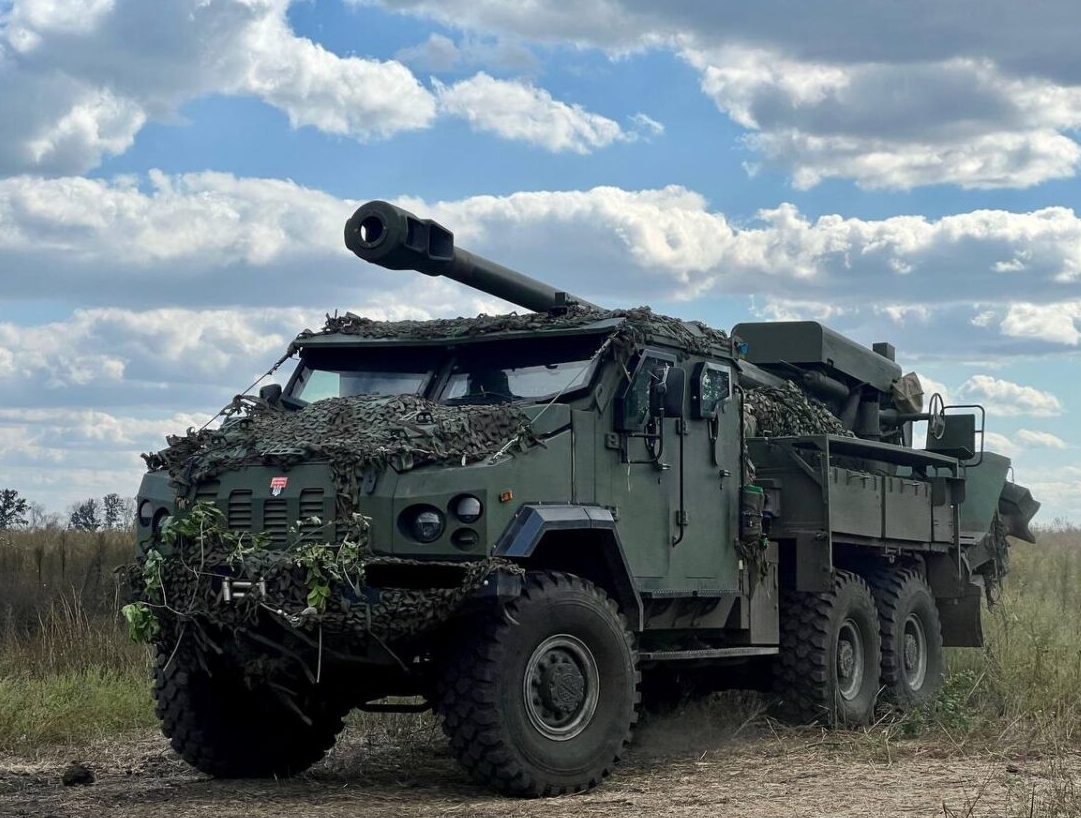
The armored cabin of the vehicle is also adapted for movement in the dark without the use of headlights. To do this, the cabin has a screen on which images are displayed from the front and rear infrared cameras.
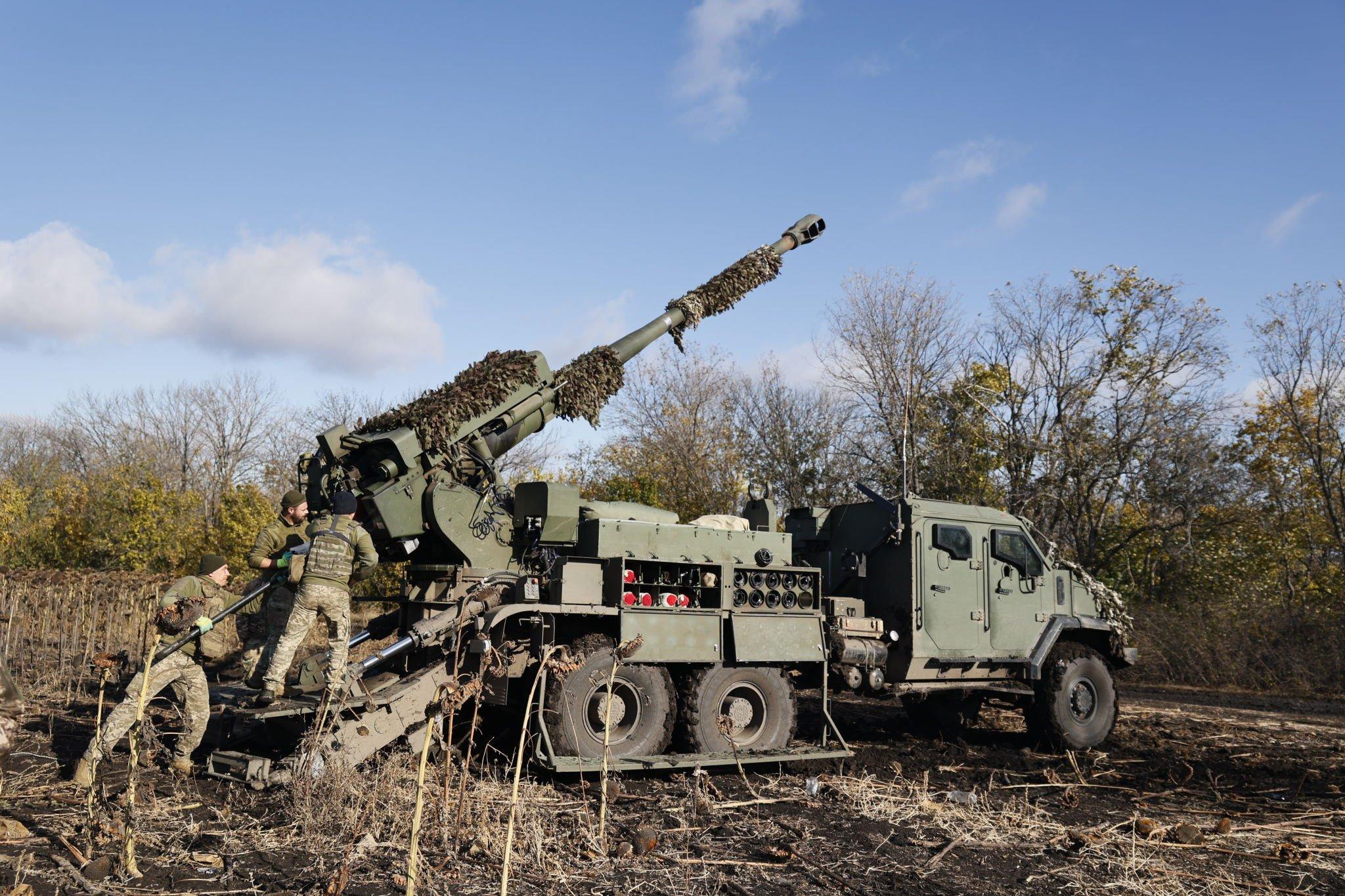
Later, the developers revealed the characteristics of the 2S22 Bohdana self-propelled howitzers. It was stated that the artillery unit, which had a 155mm gun with a 52-caliber long barrel, had a fire rate of five rounds per minute. The ammunition load was 20 rounds.
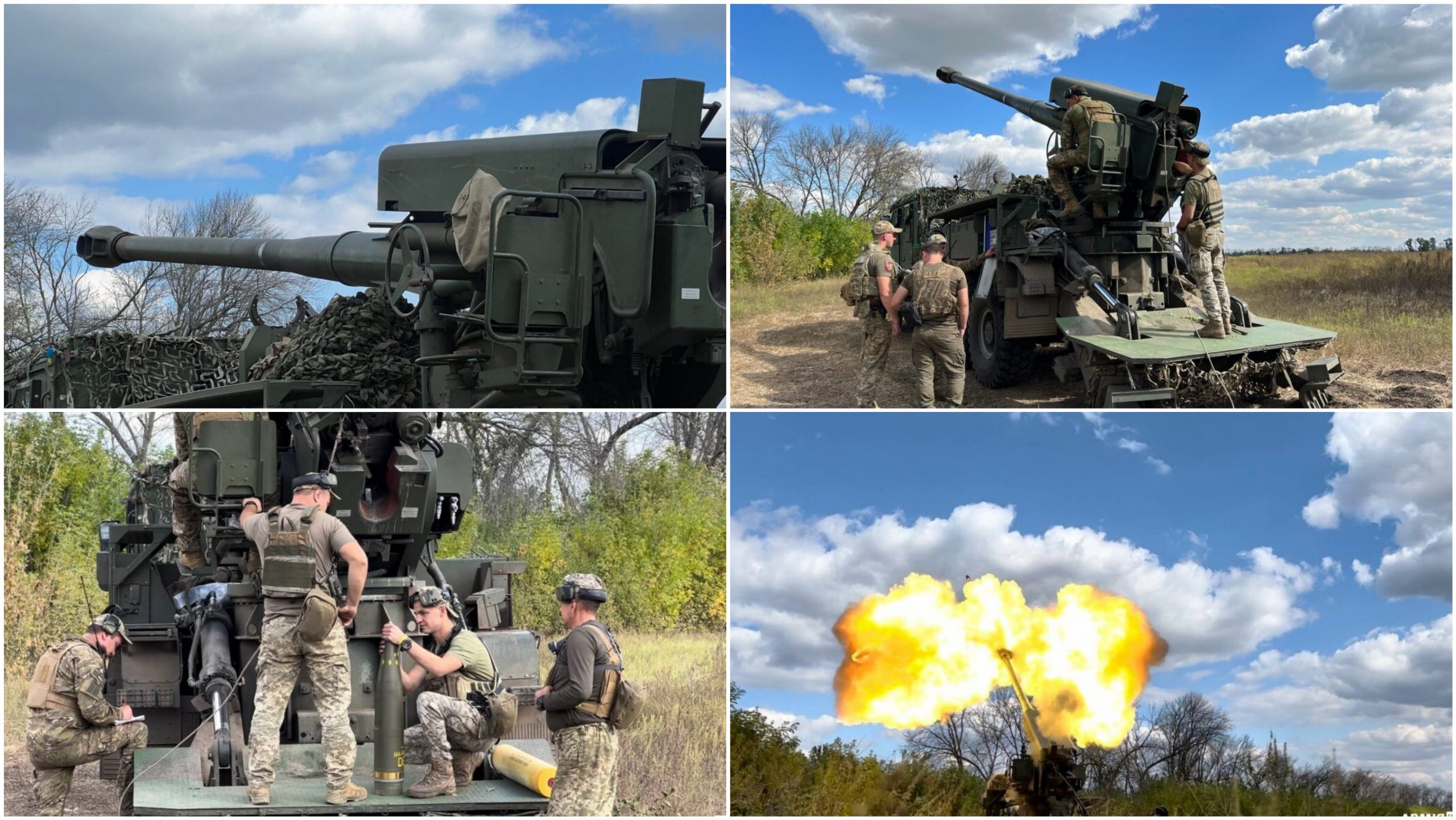
The training angle of the gun is between -30 and 30 degrees, and the elevation is between -5 and 65 degrees. Range of fire – up to 40-42 km. It takes a minute and a half to deploy Bohdana into a combat position and the same amount of time to return it to a traveling position.
The ACS has a digital radio and other communication facilities. It is stated that the system is equipped with a data exchange system. Presumably, this term means the Kropyva proprietary intelligence mapping software or the Delta situational awareness and battlefield management system. According to the developers, Bohdana is also equipped with navigation and fire control systems.
It is currently unknown how many domestic self-propelled howitzers on this chassis were manufactured and transferred to Ukrainian gunners.
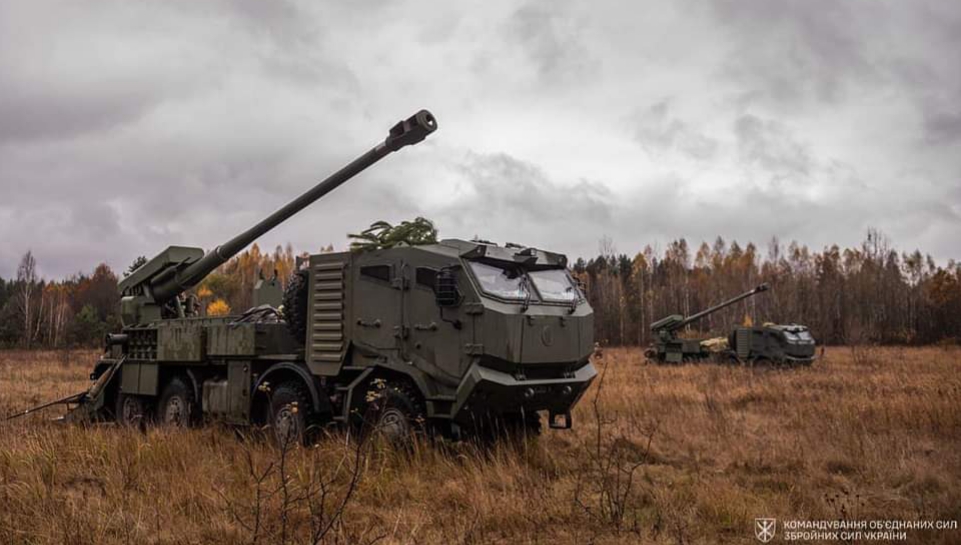
Later on, the Ukrainian military received Bohdanas on the Czech Tatra T815-7 four-axle chassis with armored cabins. According to Economichna Pravda, the Ministry of Defense of Ukraine allocated these vehicles from its own depots, they were purchased before the large-scale Russian invasion.
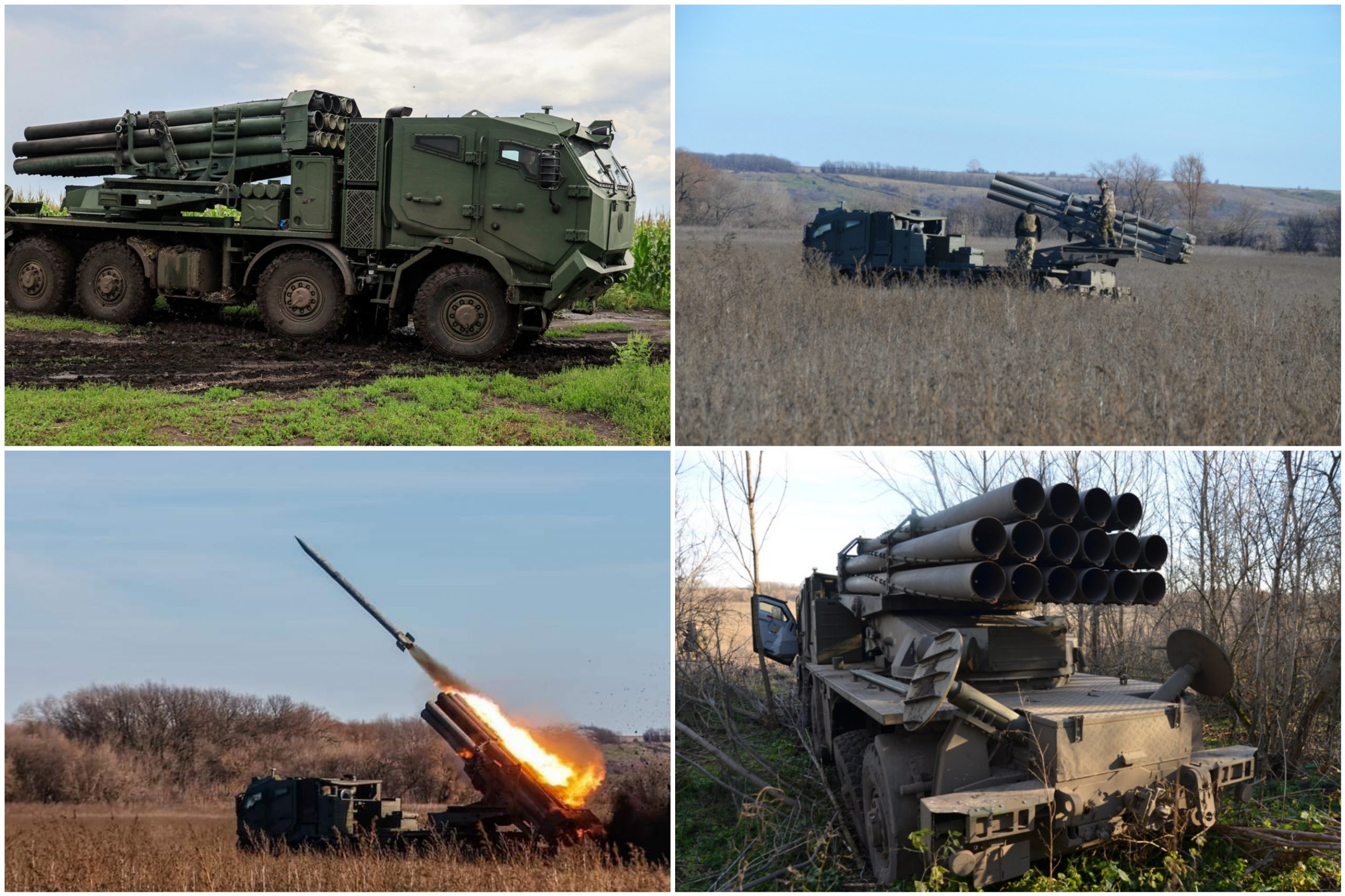
Tatra T815-7 were purchased to modernize the BM-27 Uragan 220mm multiple rocket launchers in service with the Armed Forces of Ukraine to the Bureviy MRL version.
These chassis were modified in accordance with Ukrainian requirements, which were formed by the Central Research Institute of Weapons and Military Equipment of the Armed Forces of Ukraine. The vehicles were acquired as part of fulfilling the state defense order in previous years.
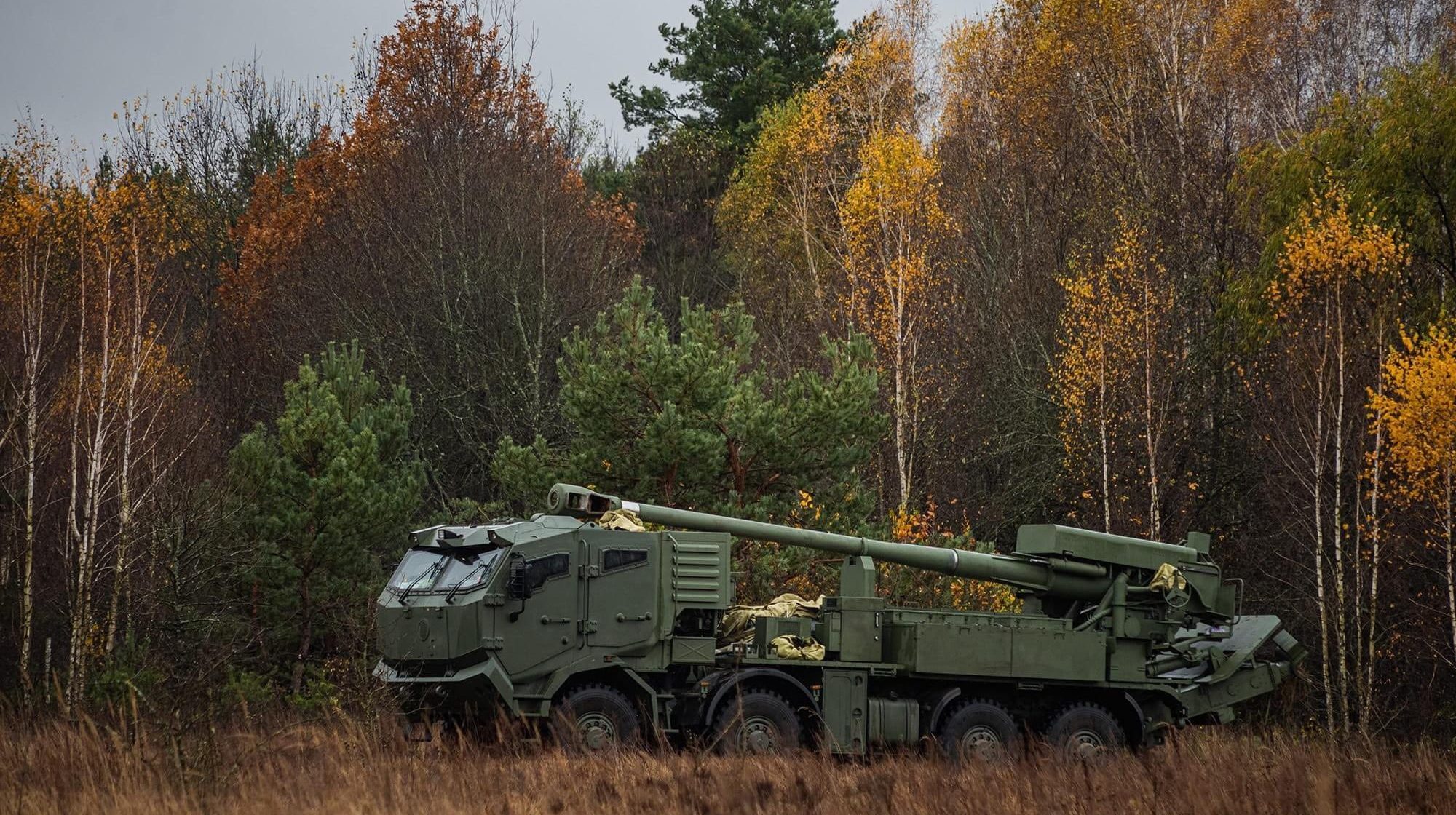
However, due to the active use of the Uragan MRL in the first year of a full-scale Russian invasion, the ammunition for these MRLs, which had been in depots in Ukraine since Soviet times, ran out. The expediency of keeping them in service without available ammunition was no longer viable. Therefore, it’s likely that the Tatra T815-7 chassis, which were ordered for the production of the Bureviy MRL, were transferred to Bohdana self-propelled howitzers.
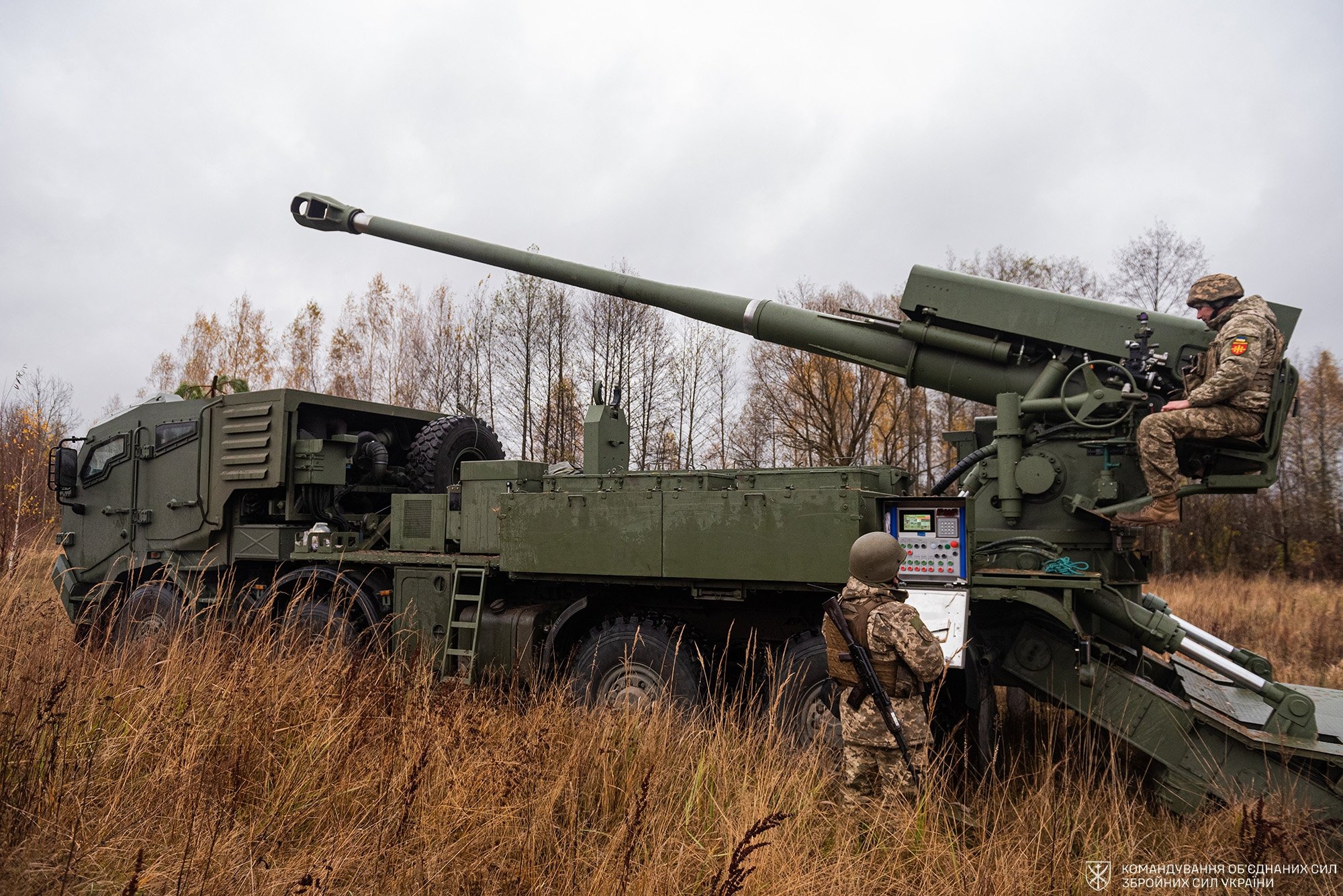
The Ukrainian military approvingly speaks about this wheeled chassis.
The soldier of the 1st Special Purpose Brigade with the call sign “Papa” began his service as part of the maintenance of the prototype howitzer on the KrAZ chassis and became the driver of the Bohdana, which is made on the Czech Tatra four-axle chassis. He explained the advantages of this version of self-propelled howitzer during its use on the front line.
“Compared to the first, experimental one, there is something to compare with, the new one is much better. The computer works better, the Tatra is more comfortable, its patency is higher. Inside the cabin, everything is as if in a good foreign car, there is climate control. During the shot, the cabin is very stable, it is not thrown or pushed, nothing flies inside,” the driver said.
At the beginning of 2024, single photos and videos of another version of the Bohdana self-propelled howitzer on a four-axle chassis were shared on social media.
Judging by the images, it also has an armored cabin with a hood, which looks similar to the one installed on the version of the installation on the MAZ chassis by the Ukrainian Armor company.
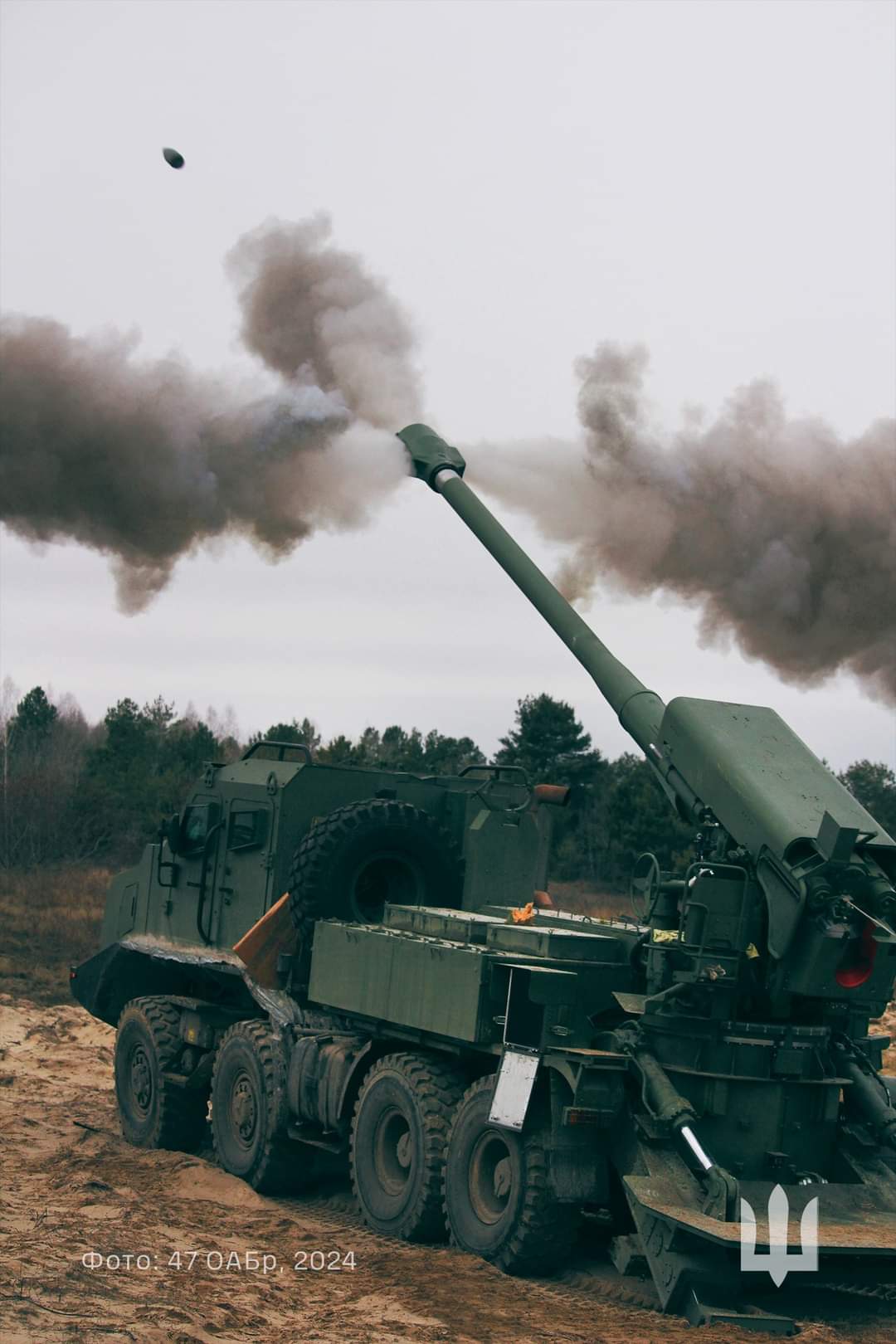
The four-door double-row cabin is designed to transport the crew of a self-propelled howitzer of five soldiers.
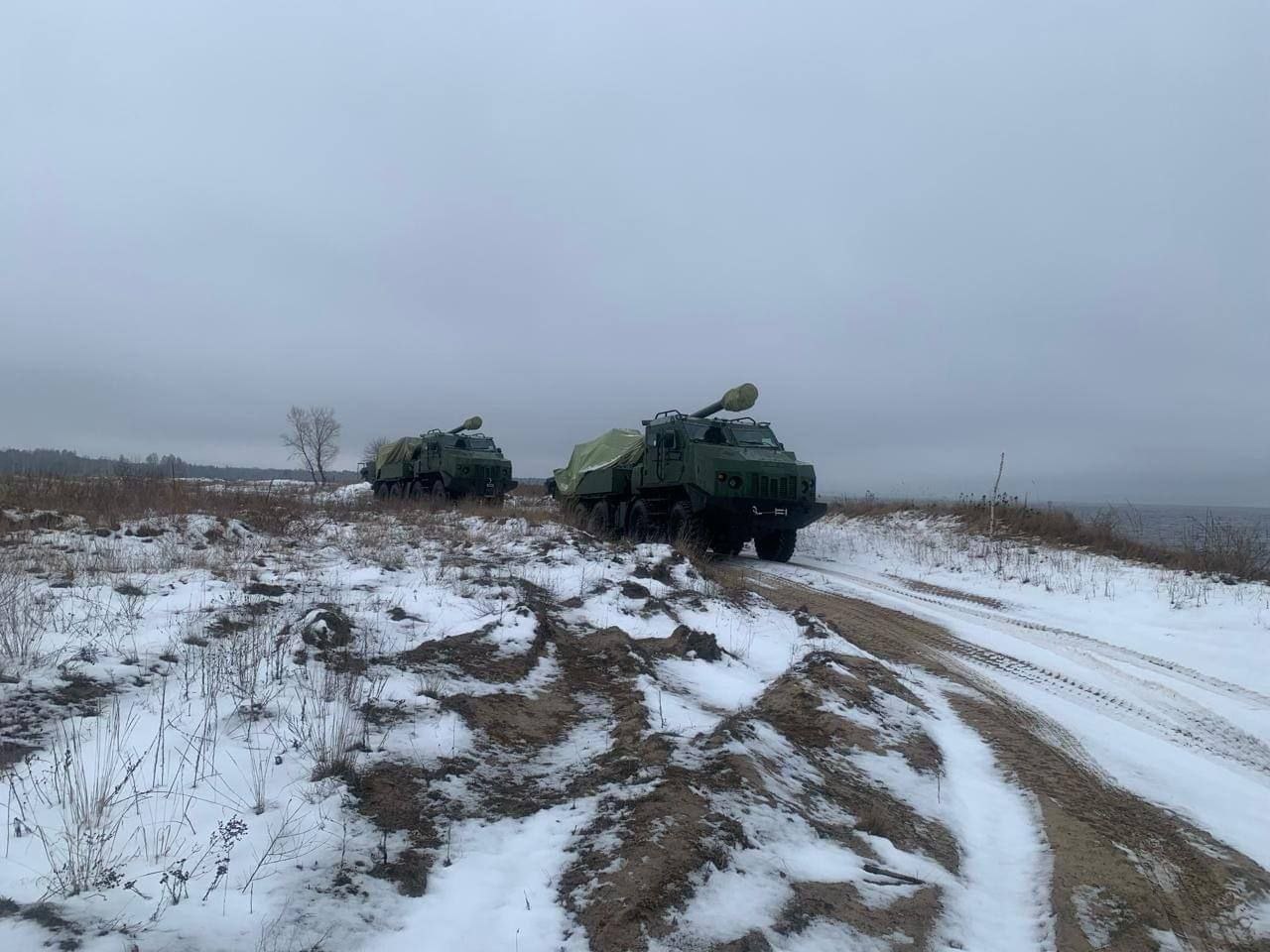
It is not known for certain which chassis are used for this modification of the domestic wheeled self-propelled howitzer.
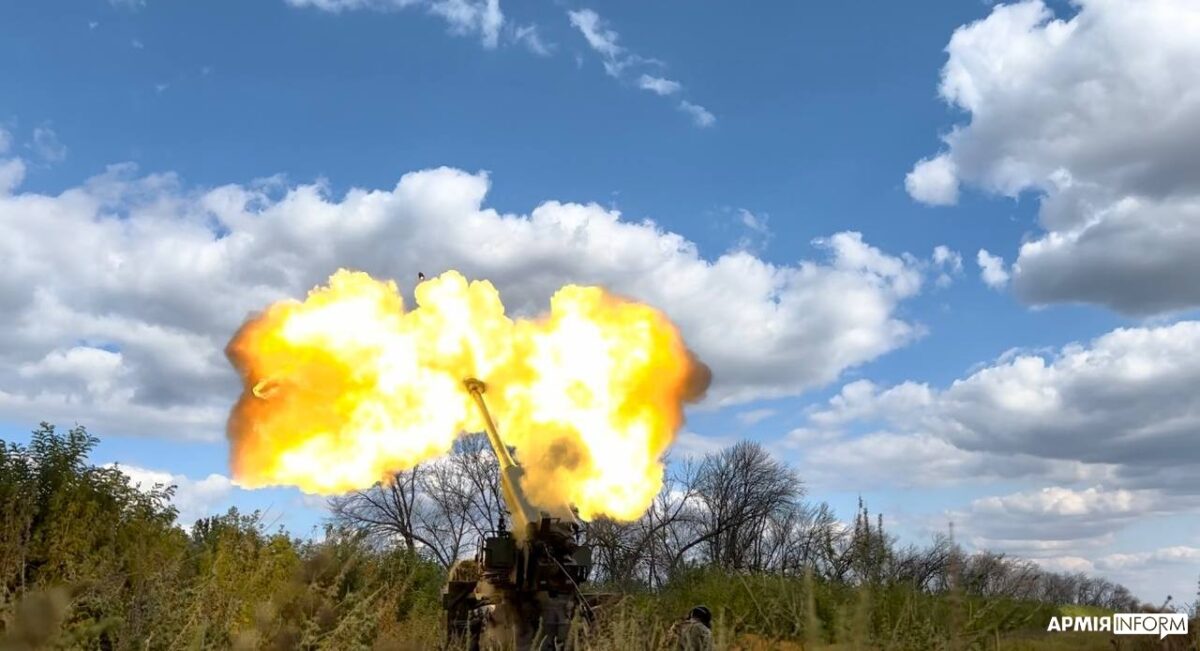
The decision to release the Ukrainian Bohdana self-propelled artillery system on various wheeled chassis was a necessary measure. At the start of serial production, this allowed for the provision of self-propelled guns in NATO caliber—155mm—to the Defense Forces of Ukraine.
Additionally, there is currently a shortage of suitable automotive chassis on the military market. Ukrainian manufacturers are thus compelled to utilize all available opportunities to expedite production and supply new weaponry to the army.
The arrival of new artillery is very important due to the fact that the artillery systems of Soviet caliber, in particular, 122mm and 152mm during active hostilities with the Russian invaders are out of order and working out their resources. And they need to be promptly replaced. Moreover, the number, for example, of 152-mm shells is limited for purchase on the global market, because their big producers are Russia and China. And Ukraine receives 155mm shells within the framework of international military assistance, which makes it possible to provide the Defense Forces with such shells at a certain level. Therefore, it is very important to have modern, self-propelled guns that can fire shells of this caliber.
Підтримати нас можна через:
Приват: 5169 3351 0164 7408 PayPal - [email protected] Стати нашим патроном за лінком ⬇
Subscribe to our newsletter
or on ours Telegram
Thank you!!
You are subscribed to our newsletter